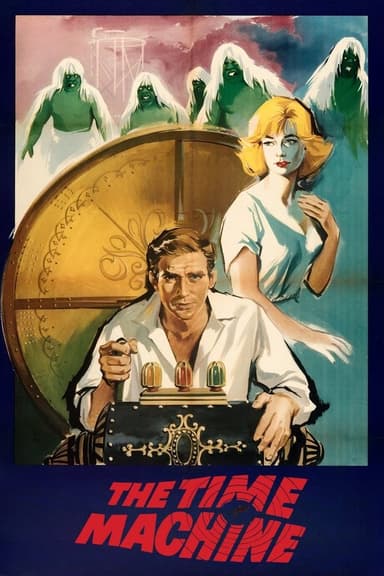
Dr. Jekyll and Mr. Hyde
1941 • Drama, Horror, Science Fiction
Dr. Jekyll believes good and evil exist in everyone and creates a potion that allows his evil side, Mr. Hyde, to come to the fore. He faces horrible consequences when he lets his dark side run amok.
Runtime: 1h 53m
Why you should read the novel
Before you watch the 1941 film, experience Robert Louis Stevenson’s original vision in Strange Case of Dr Jekyll and Mr Hyde. The classic Victorian gothic novella delivers tightly wound suspense, elegant prose, and the definitive exploration of dual identity.
Reading the source material instead of watching the movie immerses you in Stevenson’s intricate mystery, built through letters, testimonies, and gradually revealed secrets. You’ll uncover the nuances of character, theme, and moral psychology that screen versions simplify or shift toward spectacle.
Because the novella is in the public domain, it’s easy to find reliable editions with helpful notes and context. Choose the book to grasp the author’s intent, appreciate the original twists, and enjoy a timeless literary experience that outlasts any adaptation.
Adaptation differences
Structure and tone differ significantly. Stevenson’s novella is a slow-burn mystery seen largely through Mr. Utterson’s investigations and a final confessional document, withholding the truth until the end. The 1941 film foregrounds Dr. Jekyll, reveals the transformation earlier, and favors immediate psychological melodrama over investigative suspense.
Characterization diverges too. The film builds a dual romantic storyline with a respectable fiancée and a vulnerable barmaid named Ivy, using jealousy, desire, and social pressure to propel the plot. The book has no love-interest subplot; its tension comes from friendship, reputation, and moral dread, not romance.
Hyde’s depiction changes the effect. On the page, Hyde’s horror is an indefinable deformity of presence and character, more suggested than shown. The 1941 adaptation uses conspicuous, ape-like prosthetics and showpiece transformation sequences, shifting the emphasis from moral ambiguity to visual monstrosity and shock.
Events and themes resolve differently. The novella centers on the murder of Sir Danvers Carew and culminates in Jekyll’s own confession and self-chosen end, a philosophical reckoning with responsibility. The film heightens external conflict, adds unique victims and confrontations, and concludes in a more action-driven, law-and-order fashion, reframing the moral inquiry into a clearer, punitive resolution.
Dr. Jekyll and Mr. Hyde inspired from
Strange Case of Dr Jekyll and Mr Hyde
by Robert Louis Stevenson














